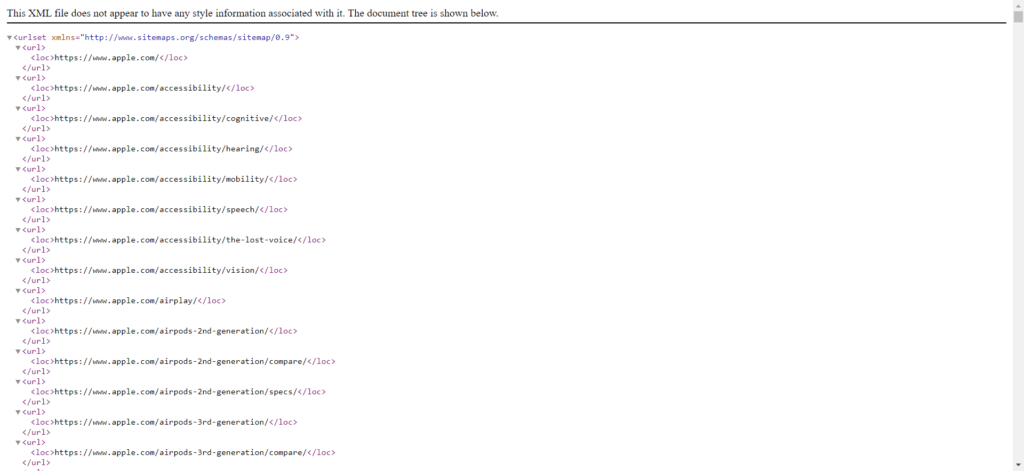Hey there, fellow Technical SEOs! Today, let’s untangle the mysteries surrounding a vital yet often overlooked aspect of Technical SEO—the Sitemap.xml file. As someone deeply passionate about enhancing website visibility, let’s embark on a journey to understand how this simple file can significantly impact your website’s search engine performance.
What Exactly is Sitemap.xml?
Picture this: Sitemap.xml acts as your website’s designated tour guide for search engine crawlers, providing a detailed itinerary of all the crucial spots they need to explore. It’s essentially a roadmap, crafted to ensure search engines don’t miss any of your valuable content.

Breaking Down Sitemap.xml
Let’s start at the basics. Sitemap.xml is a file that spells out every URL on your website that you want those crawlers to notice. It’s not just about URLs; it’s about conveying the significance, priority, and frequency of changes for each one, ensuring search engines understand your content better.
Crafting and Using Sitemap.xml
Ever wondered how to create this magical file? It involves meticulously listing all the URLs you want indexed and following the rules of XML formatting. And guess what? There are some fantastic online tools and generators that make this process a breeze!
Tools for creating Sitemap.xml
https://www.seoptimer.com/sitemap-generator
Now, why do we care so much about it? Because search engines rely on Sitemap.xml to find their way around your site efficiently. It’s like giving them a clear map to navigate and explore every corner of your digital domain.
Why Sitemap.xml Matters for SEO
Imagine having a personalized GPS for search engines! Sitemap.xml optimizes crawlability and indexing, ensuring your content gets noticed promptly. It’s your way of shouting, “Hey, look over here—new and updated stuff!”
Moreover, it’s not just about getting noticed; it’s about prioritizing what’s most important. By specifying which content needs frequent updates or holds higher importance, you’re guiding search engines on where to focus their attention.
Pro Tips and Advanced Strategies
Feeling adventurous? Let’s go beyond the basics! You can level up your Sitemap game by including additional info like images, videos, or even alternate languages. Oh, and for those with extensive websites, consider splitting large Sitemaps into smaller, more digestible chunks—it’s like giving the crawlers bite-sized portions to handle.
Keeping an Eye on Your Sitemap
Like any good tour guide, your Sitemap might encounter a few hiccups along the way. Tools exist to analyze it, ensuring everything’s shipshape. And remember, search engine-specific tools like Google Search Console can help you verify and fine-tune your Sitemap.xml for peak performance.
I hope you utilize the Sitemap.xml file in your Technical SEO strategy
Sitemap.xml is your website’s beacon in the vast sea of the internet. Mastering its intricacies ensures your content gets the attention it deserves from search engines, enhancing your site’s visibility and, ultimately, your online success.
References for further reading and tools:
- Google’s Sitemaps Specifications – Google Developers
- “The Ultimate Guide to Sitemaps” – Moz Moz.com
- “Sitemap.xml Best Practices” – Semrush Semrush.com
So, here’s to mastering the art of Sitemap.xml and guiding those search engine crawlers to the treasure trove of content on your website! 🗺️✨



